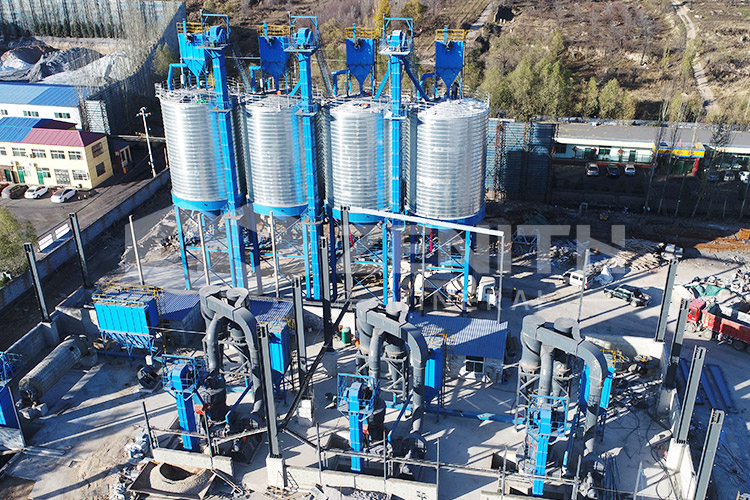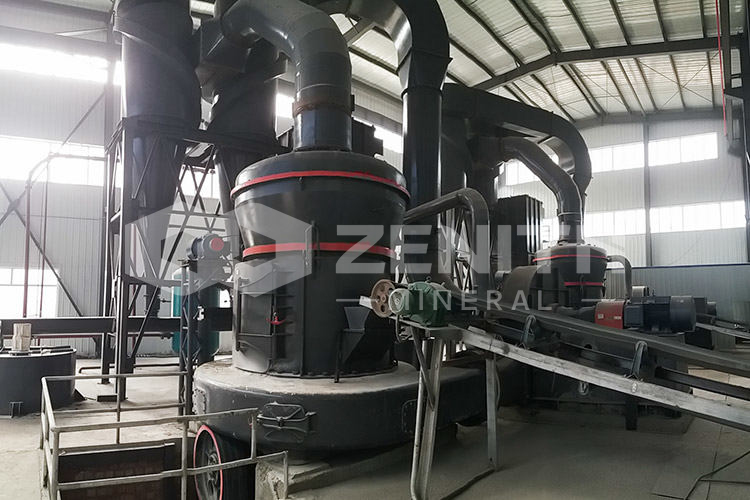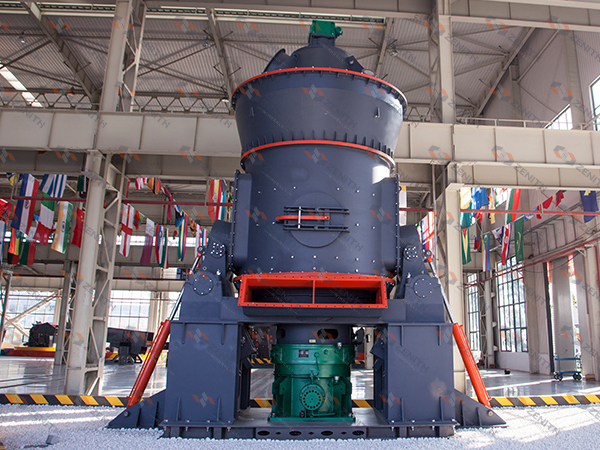煤炭粉碎粉磨系统工艺特点
2025-11-05 16:52:15
Process Characteristics of Coal Pulverizing and Grinding Systems
In the realm of industrial processing, efficient coal pulverization stands as a critical operation for power generation, cement production, and various metallurgical applications. The transformation of raw coal into fine powder significantly enhances combustion efficiency, reduces transportation costs, and enables more precise control over industrial processes. At Shanghai Zenith Machinery, we have dedicated decades to refining grinding technology, developing systems that deliver exceptional performance across the entire spectrum of coal processing requirements.
The Evolution of Coal Grinding Technology
Traditional coal grinding approaches often relied on ball mills, which while effective, consumed substantial energy and occupied significant floor space. The industry's shift toward more efficient, compact, and environmentally conscious solutions has driven innovation in grinding system design. Zenith's engineering team has responded to these challenges by developing specialized equipment that addresses the unique properties of coal – including its abrasiveness, moisture content, and combustion characteristics – while optimizing energy consumption and operational reliability.
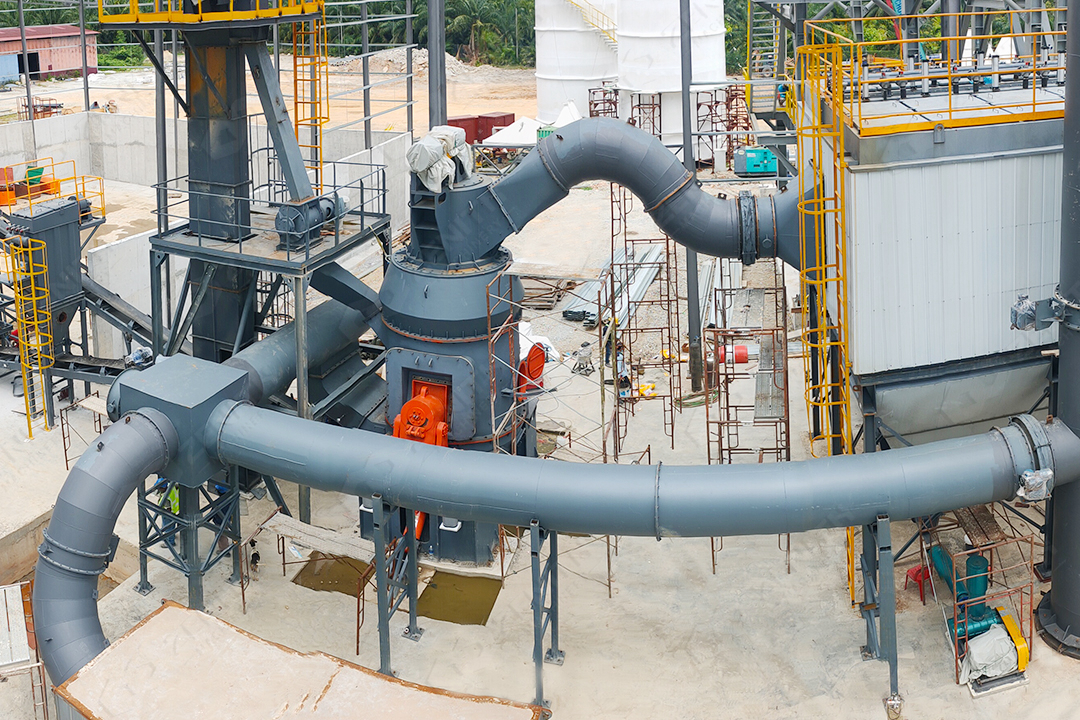
Key Equipment for Coal Pulverization
LM Vertical Grinding Mill: The Workhorse for Large-Scale Operations
For major coal processing facilities requiring high capacity and continuous operation, the LM Vertical Grinding Mill represents our flagship solution. This system excels in applications demanding consistent product quality, automated control, and minimal environmental impact. The vertical roller mill design incorporates several advantages specifically beneficial for coal grinding:
- 24-hour continuous operation capability ensures uninterrupted production cycles
- Compact integrated design reduces footprint by approximately 50% compared to traditional ball mills
- Advanced automation system enables remote monitoring and control, reducing labor requirements
- Negative pressure operation prevents dust emissions, meeting strict environmental standards
The working principle involves a main motor driving the grinding disc via a reducer, with material fed to the center of the rotating disc. Centrifugal force moves coal outward where it is crushed between rollers and the grinding track. An integrated separator ensures precise particle classification, with oversize material returning for regrinding while finished product is collected by the cyclone and bag filter system.
MTW European Trapezium Mill: Versatility for Fine Powder Production
When the application requires fine coal powder in the range of 80-400 mesh, the MTW European Trapezium Mill offers an optimal balance of performance and economy. This system has proven particularly effective for industrial boilers, chemical applications, and specialized combustion processes where consistent fineness is critical. Key benefits include:
- Energy consumption reduction of over 60% compared to ball mills of equivalent capacity
- Modular impeller adjustment system enables quick fineness changes without equipment modification
- High-efficiency impeller fan improves air induction efficiency from 62% to 85%
- Self-contained production system minimizes auxiliary equipment requirements
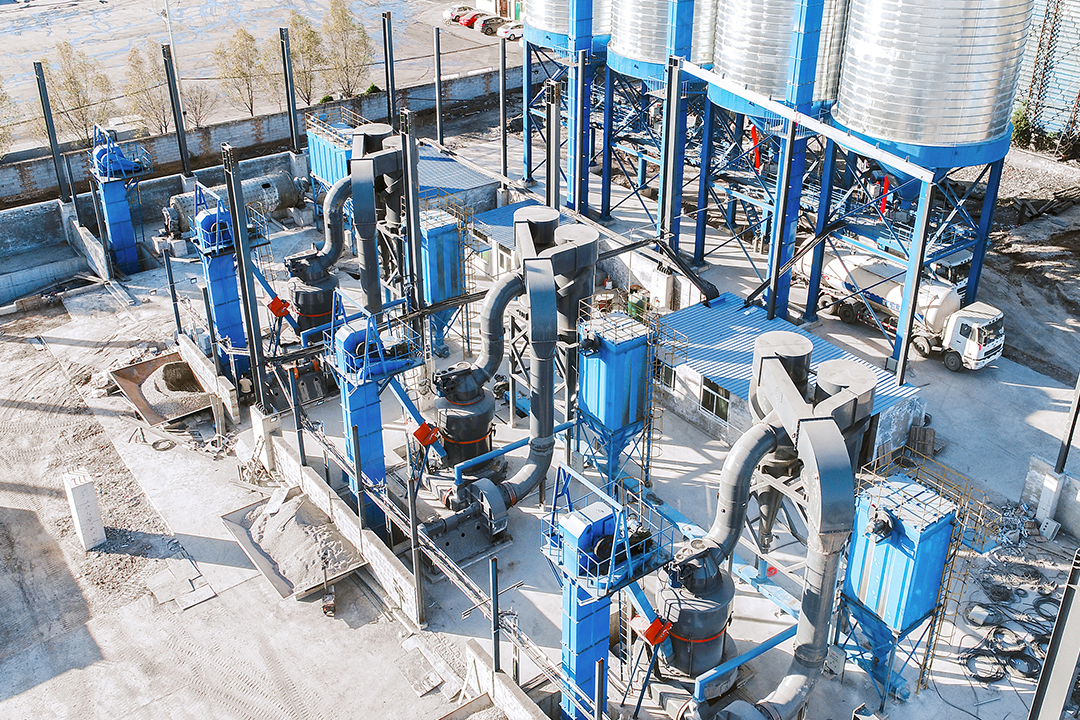
XZM Ultrafine Grinding Mill: Precision for Specialized Applications
For advanced applications requiring ultrafine coal powders between 325-3250 mesh, the XZM Ultrafine Grinding Mill delivers exceptional classification precision. This system finds application in specialized chemical processes, advanced material synthesis, and research applications where particle size distribution critically impacts performance. Notable features include:
- Arbitrary fineness adjustment between 325-2500 mesh with single classification
- 40% higher efficiency and 70% lower energy consumption compared to air-flow mills
- Simplified internal structure reduces downtime and simplifies maintenance
- Variable frequency drive classifier enables precise control through electronic interface
System Integration and Process Optimization
Beyond individual grinding machines, Zenith engineers complete coal pulverization systems that integrate feeding, grinding, classification, collection, and dust control components into a cohesive operational unit. Our approach emphasizes:
- Material flow optimization to prevent bottlenecks and ensure consistent throughput
- Intelligent control systems that monitor and adjust operational parameters in real-time
- Comprehensive dust collection utilizing pulse jet baghouse technology
- Safety systems designed specifically for coal applications, including explosion prevention measures
- Energy recovery options that capture and reuse waste heat where applicable
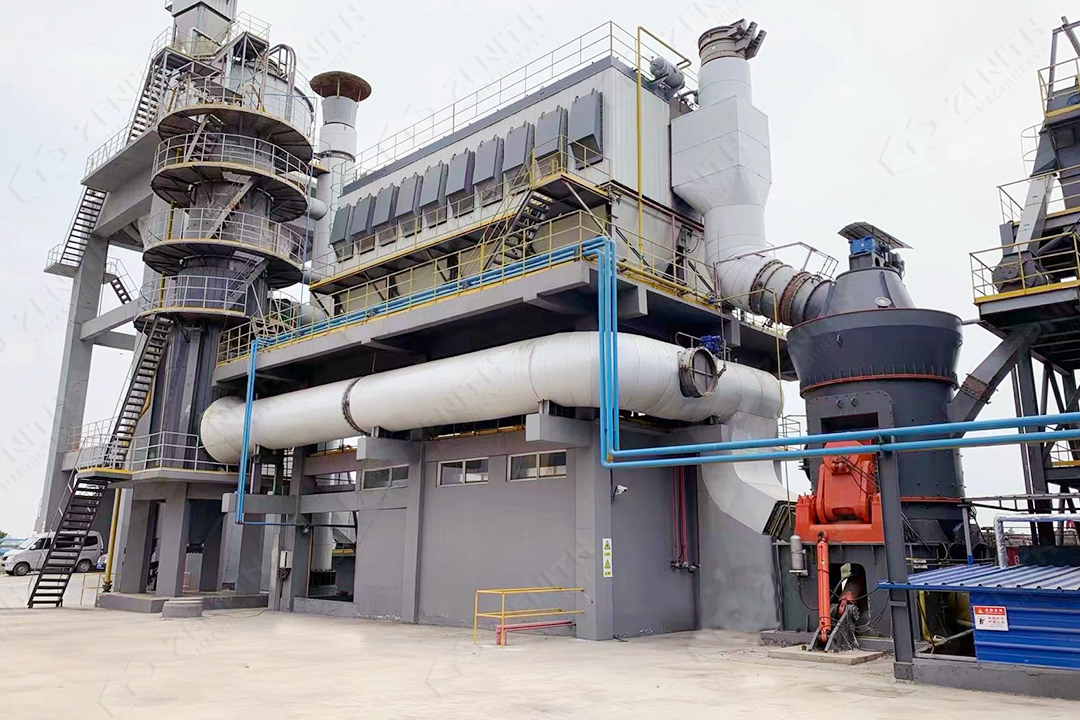
Environmental Considerations and Compliance
Modern coal grinding operations must address increasingly stringent environmental regulations. Zenith systems incorporate multiple features to ensure compliance while maintaining operational efficiency:
- Closed-system operation under negative pressure prevents fugitive dust emissions
- Advanced baghouse filtration with 99.9%+ collection efficiency
- Noise reduction engineering through isolation mounts and acoustic enclosures
- Energy-efficient designs that minimize power consumption per ton of product
- Comprehensive certification including ISO, CE, and CU-TR compliance
Operational Economics and Maintenance
The financial viability of coal grinding operations depends significantly on equipment reliability, maintenance requirements, and operational efficiency. Zenith grinding systems are engineered with these factors as primary design considerations:
- Extended component life through wear-resistant materials in high-abrasion areas
- Modular design enabling quick replacement of wear parts without major disassembly
- Predictive maintenance capabilities through integrated monitoring systems
- Reduced foundation requirements lowering initial construction costs
- Flexible configuration options to match specific capacity and product requirements
Through continuous refinement of our grinding technologies and deep understanding of coal processing requirements, Zenith has established itself as a global leader in coal pulverization systems. Our equipment operates in over 180 countries across diverse applications, from power generation to industrial heating processes, consistently delivering the performance and reliability that modern industrial operations demand.
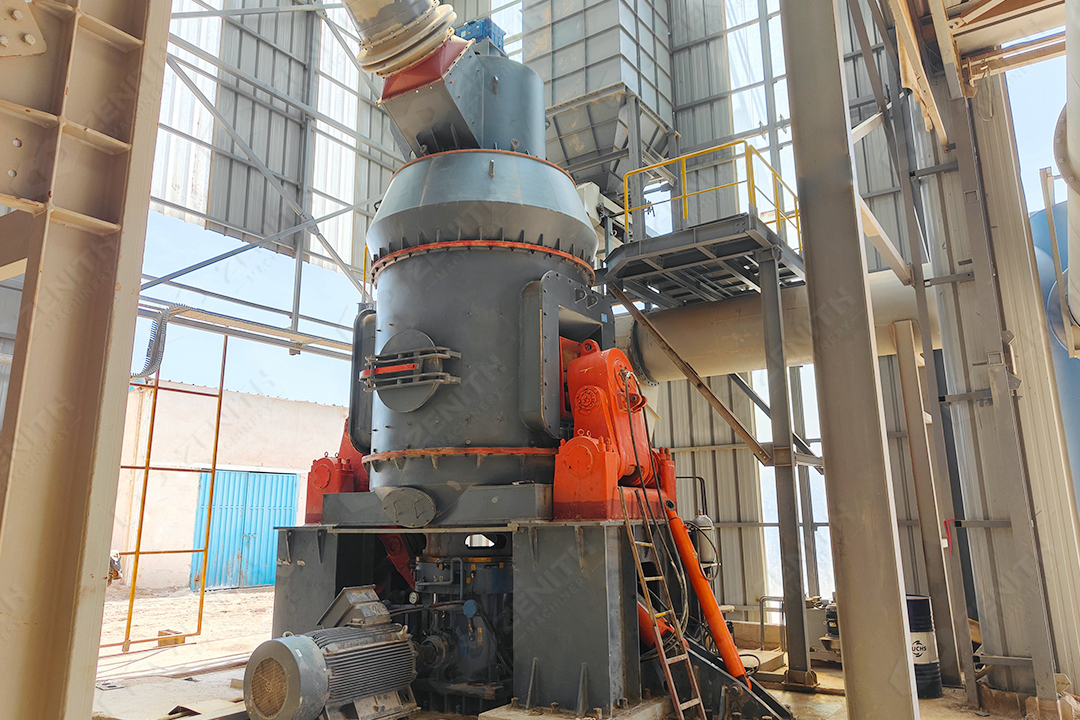
Frequently Asked Questions
What is the typical energy consumption comparison between Zenith grinding mills and traditional ball mills?
Zenith's advanced grinding systems, including the MTW and MTM series trapezium mills, demonstrate energy consumption reductions of over 60% compared to traditional ball mills of equivalent capacity under ideal working conditions.
How does the fineness adjustment mechanism work in Zenith grinding mills?
Our mills employ modular impeller adjustment devices that allow operators to produce products with different fineness specifications simply by changing impellers, without requiring extensive equipment modification or downtime.
What environmental standards do Zenith coal grinding systems meet?
All Zenith grinding equipment operates under negative pressure conditions and is equipped with pulse dust collection systems that meet international environmental standards, including ISO certification, European Union CE certification, and Customs Union CU-TR certification.
Can Zenith grinding systems handle variations in coal moisture content?
Yes, our systems are designed to accommodate varying moisture levels through integrated drying capabilities when equipped with hot air systems. The LM Vertical Grinding Mill particularly excels in handling materials with moderate moisture content.
What is the typical maintenance interval for grinding components?
Maintenance intervals vary by model and application, but our systems are engineered for extended operation between maintenance cycles. Wear-resistant materials in critical components typically provide service lives of 6-24 months depending on coal abrasiveness and operating hours.
How does the automation system reduce operational costs?
Our intelligent control systems enable remote monitoring and operation, reducing labor requirements while optimizing grinding parameters in real-time to minimize energy consumption and maximize throughput.
What range of production capacities can Zenith coal grinding systems handle?
Our product portfolio covers capacities from 0.5 T/H for specialized applications up to 340 T/H for large-scale industrial operations, with multiple models available to match specific production requirements.
How does the negative pressure system prevent dust emissions?
The system maintains a slight vacuum throughout the grinding and classification process, ensuring that any potential leakage is inward rather than outward, effectively containing dust within the system until it is captured by the filtration system.
What safety features are incorporated for coal grinding applications?
Our systems include explosion relief valves, temperature monitoring, CO monitoring where applicable, and inerting systems options to address the specific safety requirements of coal grinding operations.
Can existing grinding systems be upgraded with Zenith technology?
Yes, we offer retrofit solutions that incorporate Zenith's advanced grinding and classification technology into existing infrastructure, often significantly improving performance while minimizing capital investment.



